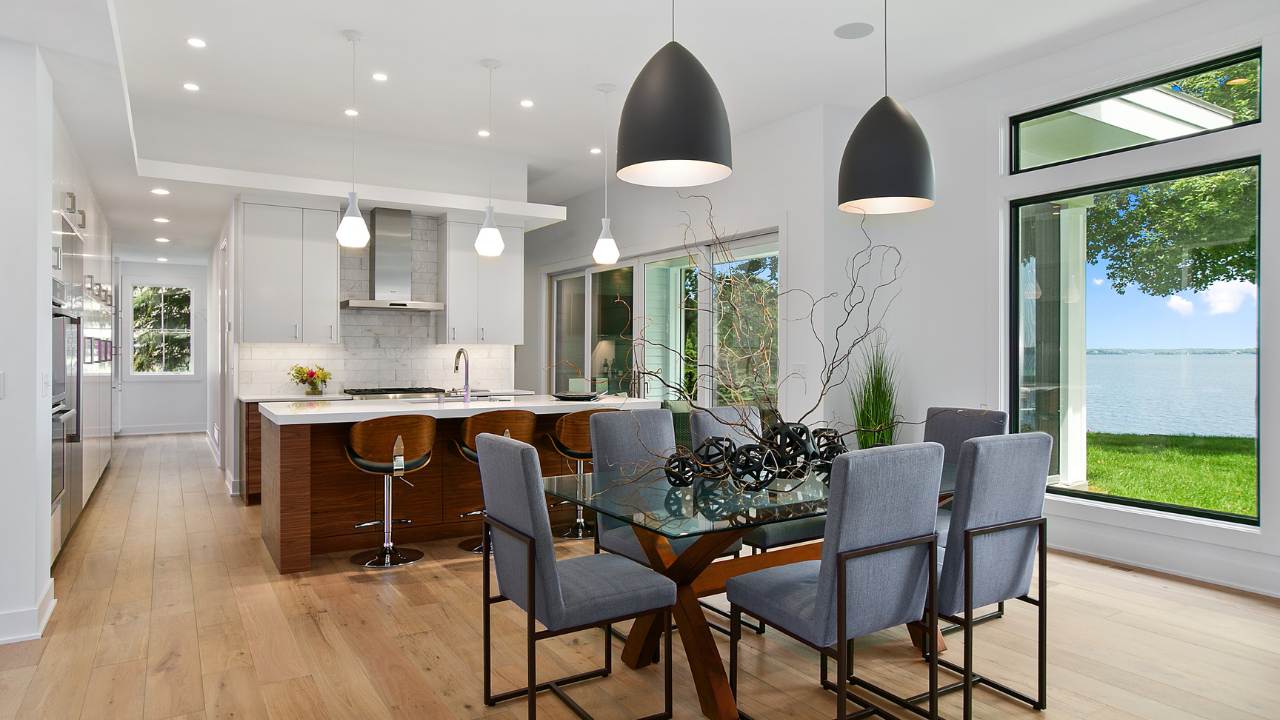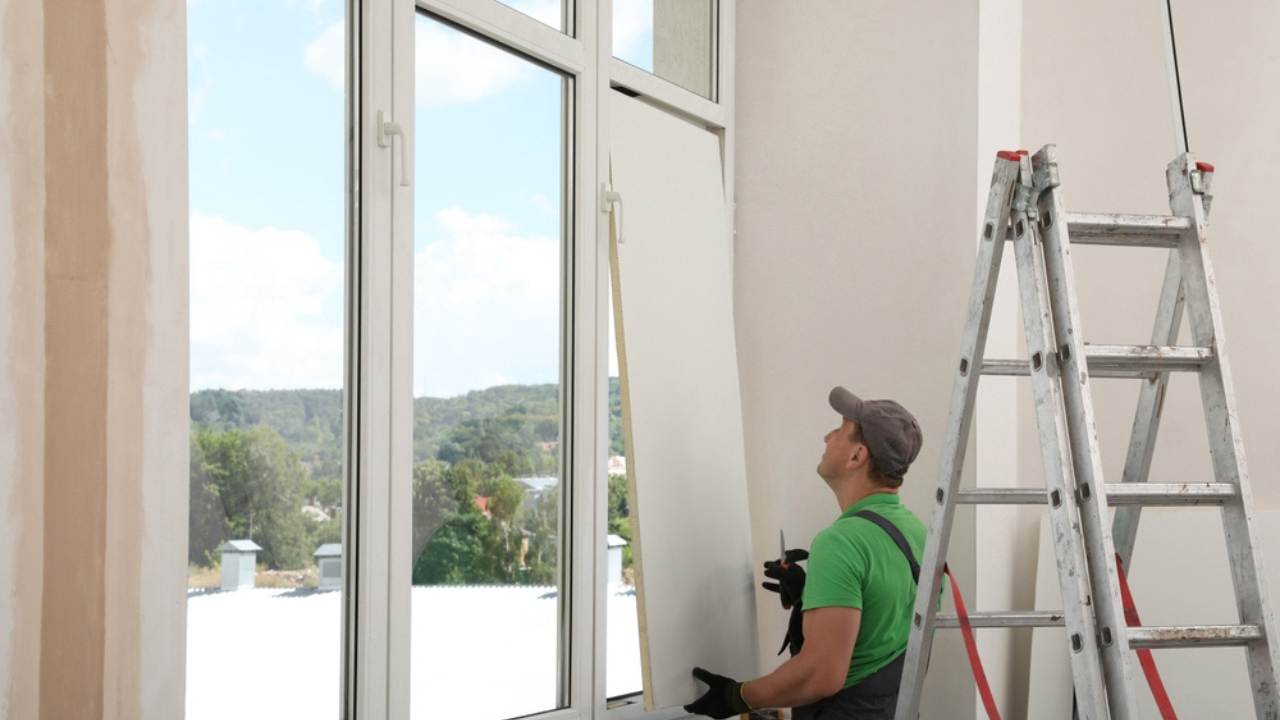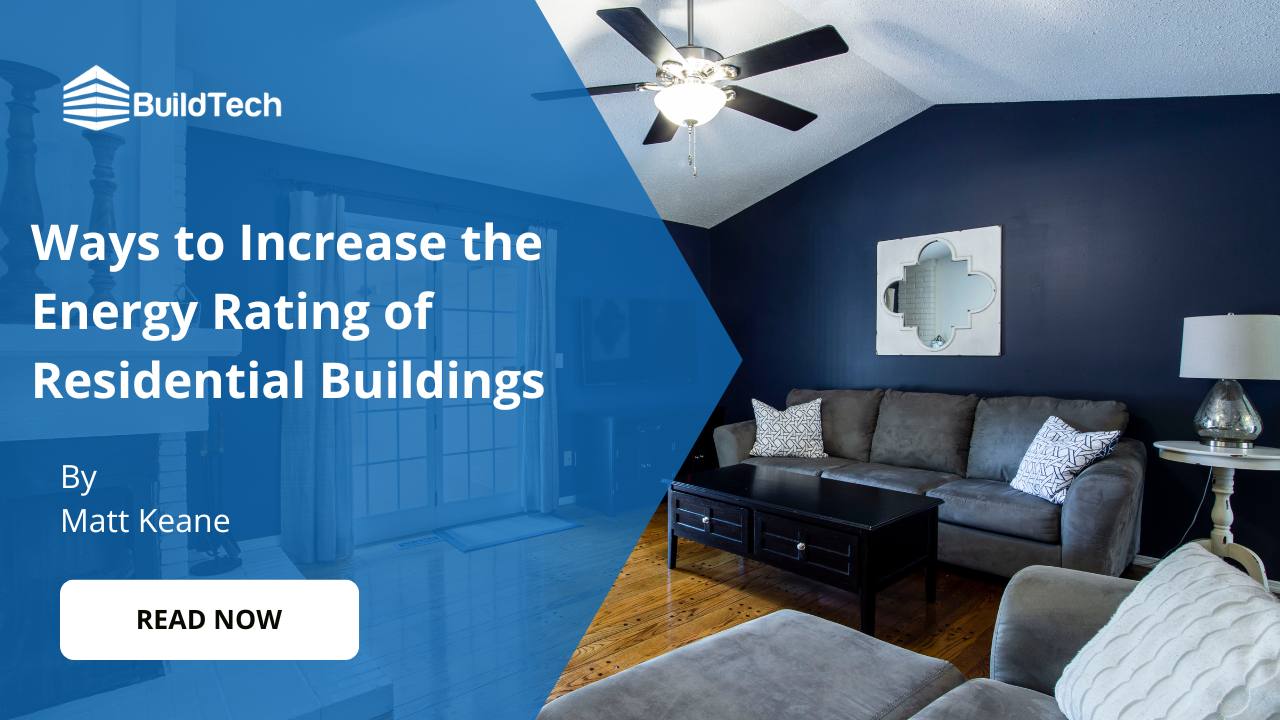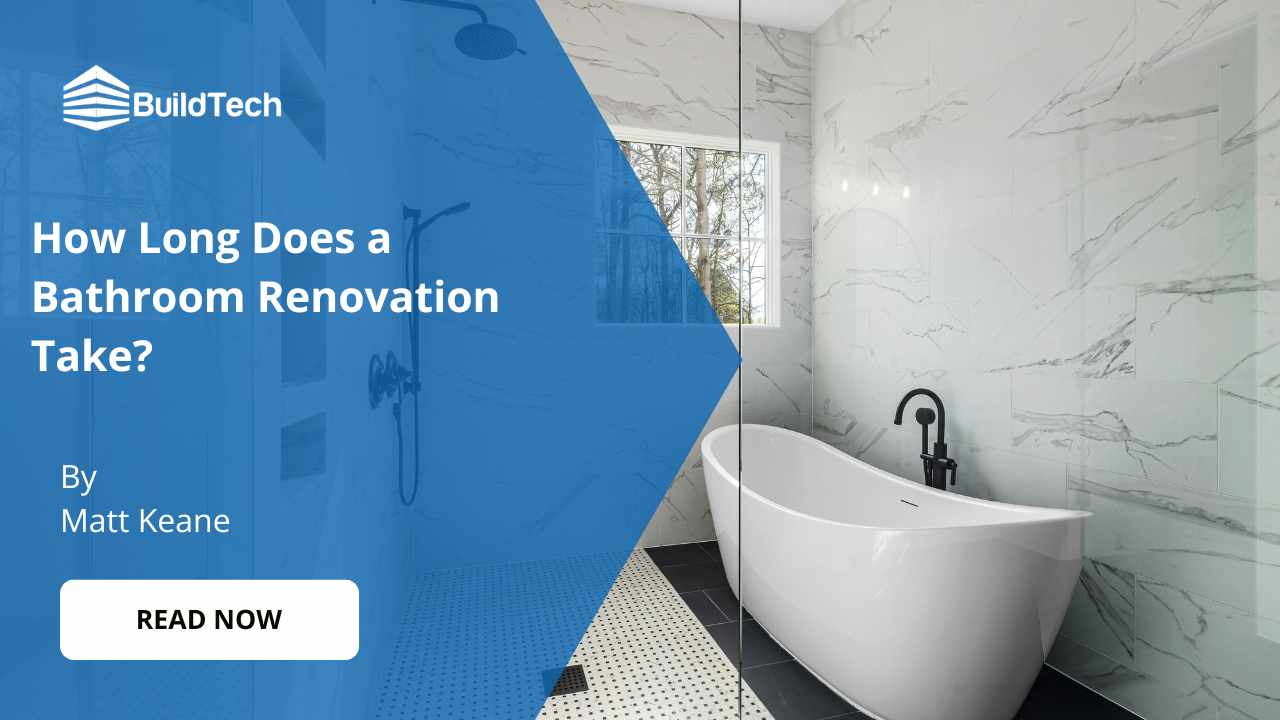Improving the energy rating of a residential building is a smart way to lower household bills and meet energy efficiency standards. It also helps reduce your environmental impact and makes your home more appealing to potential buyers or renters.
In this blog, we’ll cover 6 ways to increase the energy rating of residential buildings using simple, practical steps. From carrying out an energy audit to upgrading insulation and lighting, each method is easy to understand and apply.
Whether you're a homeowner, landlord, or property manager, these tips will guide you towards better energy performance. Start making changes today that benefit both your home and the environment for years to come.
6 Ways to Increase the Energy Rating of Residential Buildings

Here are six ways to increase the energy rating of residential buildings:
1. Start with a BER Assessment
To begin, select a registered BER (Building Energy Rating) assessor in your area. They will carry out a full energy inspection and provide a detailed report.
If your home is being sold or rented, it is legally required to have a valid BER. This also includes new buildings that have not been lived in. The BER report highlights your home's current energy performance and gives clear recommendations for improvement.
While private homes do not require a Display Energy Certificate (DEC), reviewing the advisory notes in the BER report is still useful for planning upgrades.
2. Upgrade Insulation and Glazing

Poor insulation leads to heat loss, making your heating system work harder and increasing your energy bills. Upgrading insulation in areas such as walls, roofs, and floors helps reduce energy waste and improves comfort indoors. Homes that are properly insulated stay warmer in winter and cooler in summer.
Start by checking your current insulation. A BER report will show where improvements are needed. Common insulation materials include fibreglass, PIR boards and spray foam, all designed to keep in heat. Upgrading to double- or triple-glazed windows also helps a lot. Choose windows and doors with low U-values, which hold in heat better and help reduce heating costs over time.
For professional insulation upgrades, BuildTech offers expert solutions for cavity wall, attic, and floor insulation, helping you meet BER targets while reducing energy loss. Their team ensures SEAI grant compliance and high-quality installation for long-term comfort and savings. Learn more about BuildTech’s insulation services.
3. Implement Energy-Efficient Lighting Solutions
Energy-efficient lighting cuts electricity use and helps reduce your energy bills. New lighting options use less power and last longer, which means fewer replacements and less maintenance. This is one of the quickest and most affordable changes you can make.
Switching to LED lights is an easy but effective step. LEDs are much more efficient than traditional bulbs and are widely available in many styles and fittings. Adding motion sensors and timers means lights are only on when needed. This works well in hallways, bathrooms, or outdoor spaces. Use natural daylight where possible by keeping windows clear and choosing light-coloured walls and furnishings. If you install large windows or skylights, make sure they have good thermal performance with a U-value below 1.4 to avoid heat loss.
4. Use Renewable Energy Sources

Adding renewable energy systems to your home can reduce energy use and improve your BER rating. Depending on your location and property type, you might install solar panels, solar water heating, or other clean energy systems. These help reduce your carbon footprint and cut long-term energy costs, which is good for your wallet and the environment.
Check if your home is suitable for renewable systems. Look at the roof direction, structure, available space, and your energy needs. Solar panels are a popular choice and can supply much of your electricity, especially if your heating runs on electricity. Other options include solar thermal systems, small wind turbines or biomass boilers, depending on your home’s layout and location. Installing renewable systems can also future-proof your home against rising energy prices.
5. Seek Professional Advice and Look Into Financial Support
If managing energy upgrades feels difficult or time-consuming, getting help from a professional can make things easier. A BER assessment includes a report with clear advice on how to improve your energy rating. This can guide your upgrade decisions, even if you're not planning to sell or rent your home soon.
You might also qualify for financial support. Visit the SEAI (Sustainable Energy Authority of Ireland) website to see what grants or incentives are available. Some banks offer green loans for energy improvements, and a better BER rating may help you get lower interest rates. Some insurance companies may also offer discounts for energy-efficient homes, so it’s worth checking. Taking advantage of available support can make upgrades more affordable and easier to manage.
6. Review and Update Your Energy Strategy Regularly
Improving your home's energy rating is not something you do once. It needs regular updates and checks. This helps you stay on track and continue saving energy and money over time. Treat it as an ongoing project to increase the value and comfort of your home.
Set a plan to check your energy use every year or when you make changes to your home. For example, if you add an extension or install new heating systems, your energy needs may change. Stay up to date with new energy-saving technologies and rules. Regular reviews help keep your energy strategy working well and make sure you don’t miss new opportunities for saving energy.
Conclusion
Enhancing your home’s energy rating can lower utility bills, increase property value, and encourage a more eco-friendly lifestyle. Upgrades such as quality insulation, energy-efficient lighting, renewable systems, and regular BER assessments all play a key role in making your home more efficient.
If you're unsure where to begin, Buildtech is here to help. We offer expert advice, certified assessments, and practical solutions that suit your needs and budget. Contact Buildtech today and take the first step towards a warmer, greener, and more cost-effective home.


















